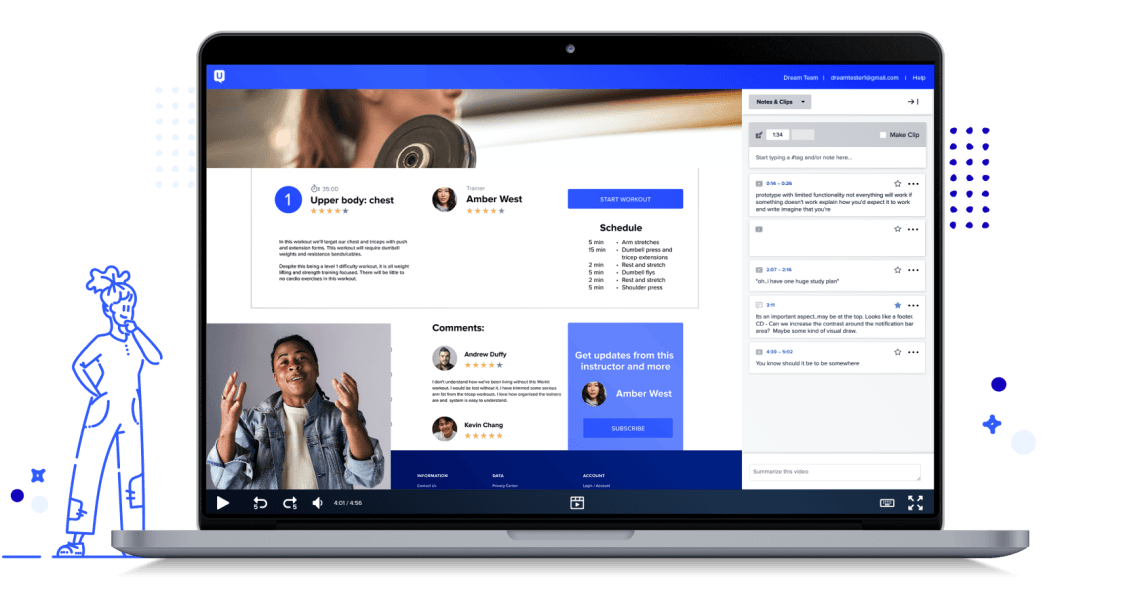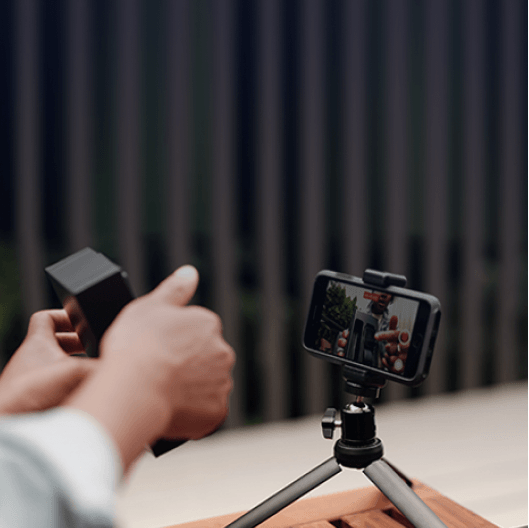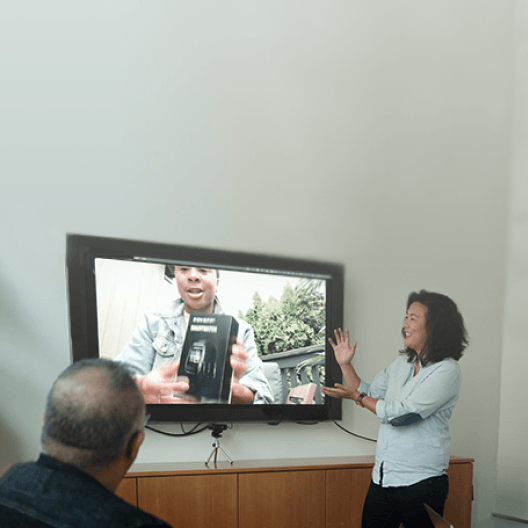Beobachten Sie die Freude Beobachten Sie die Seufzer Beobachten Sie das Lächeln Beobachten Sie das Stirnrunzeln Beobachten Sie die Verwunderung
Sehen Sie, was Ihre Zielgruppe wirklich begeistert, frustriert und erlebt wenn sie mit Ihrem Produkt interagiert - egal ob online oder offline.
Wir stellen unsere neuesten Plattformen vor: UserZoom und EnjoyHQ
-
Von Kund*innen auf G2 als Nummer 1 bewertet
Explore platform
Was ist neu bei UserTesting?
Learn more
Lösungen für jedes Team











